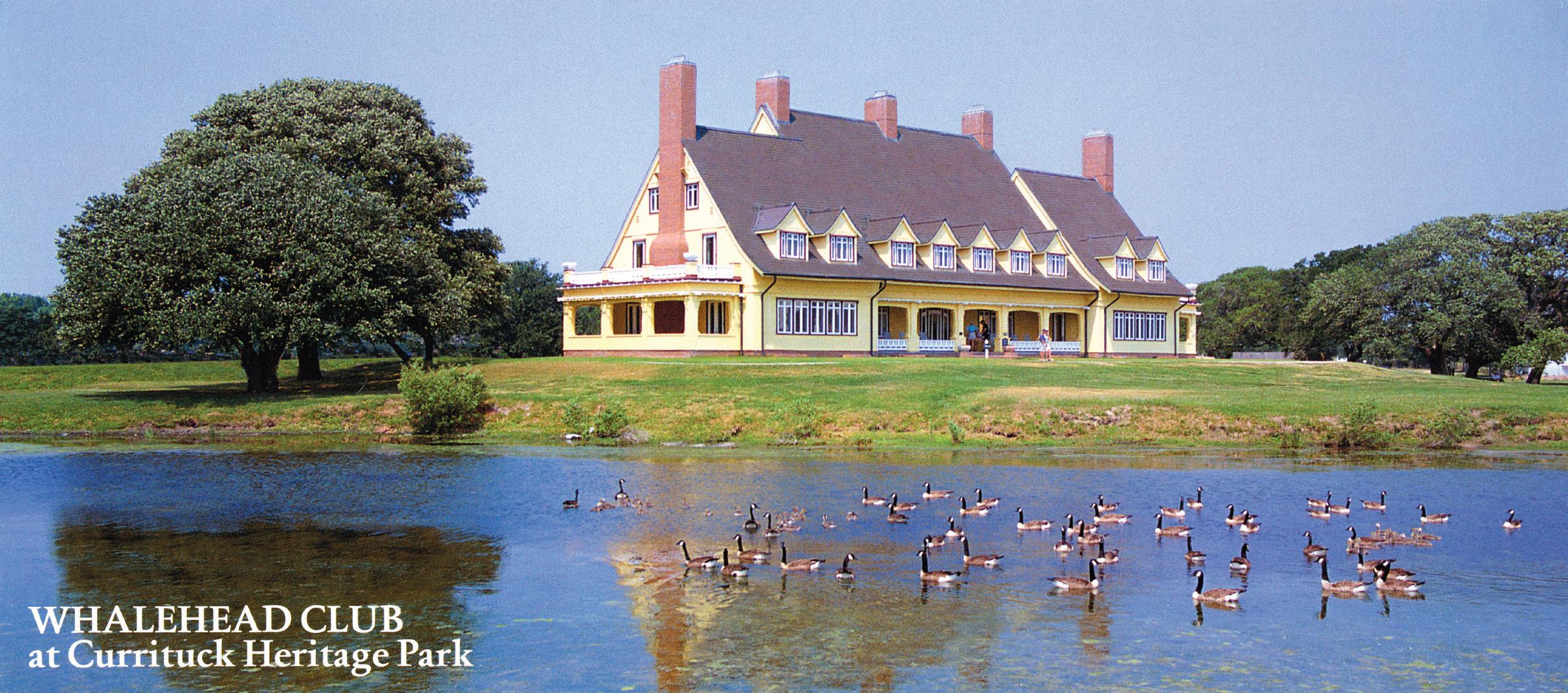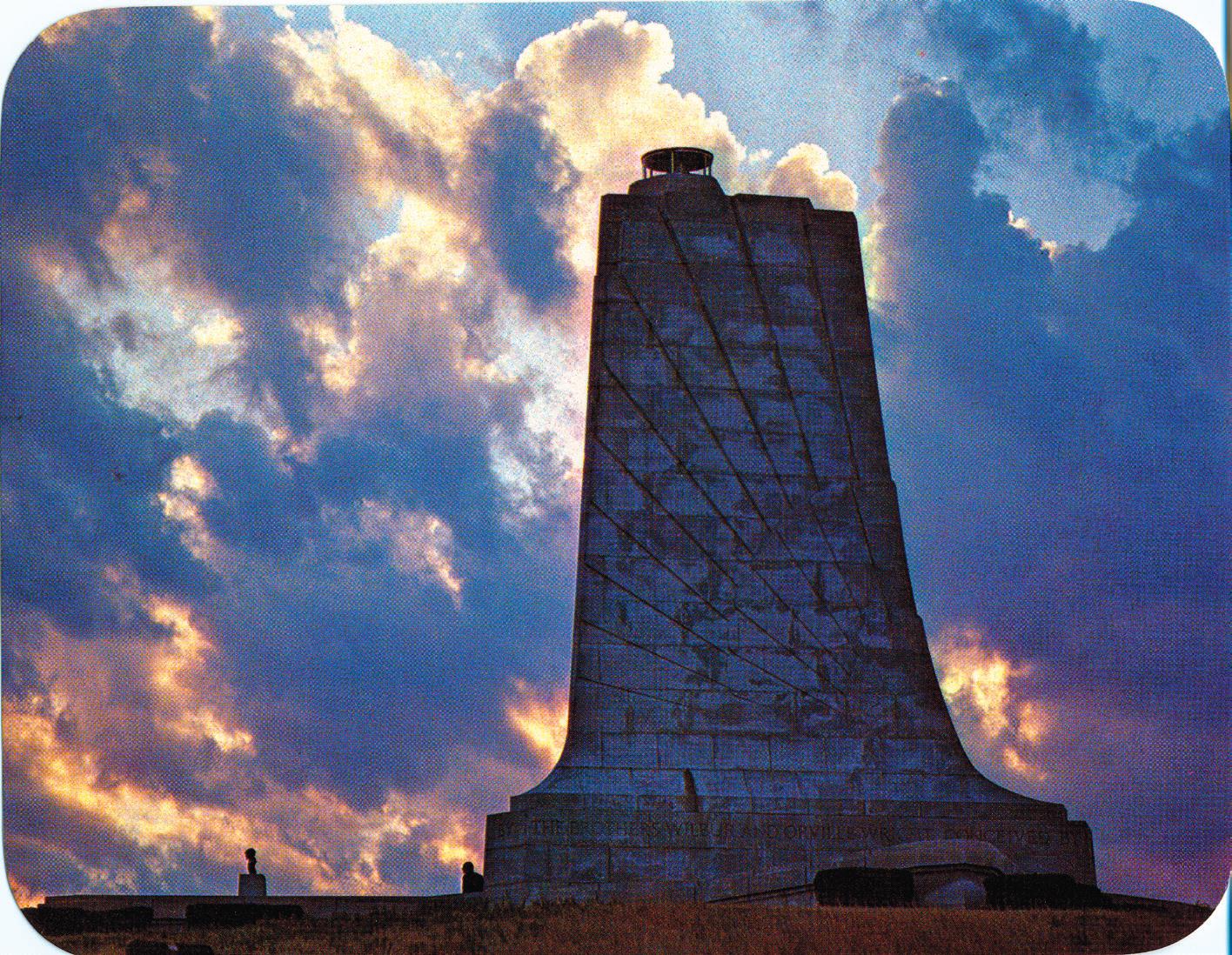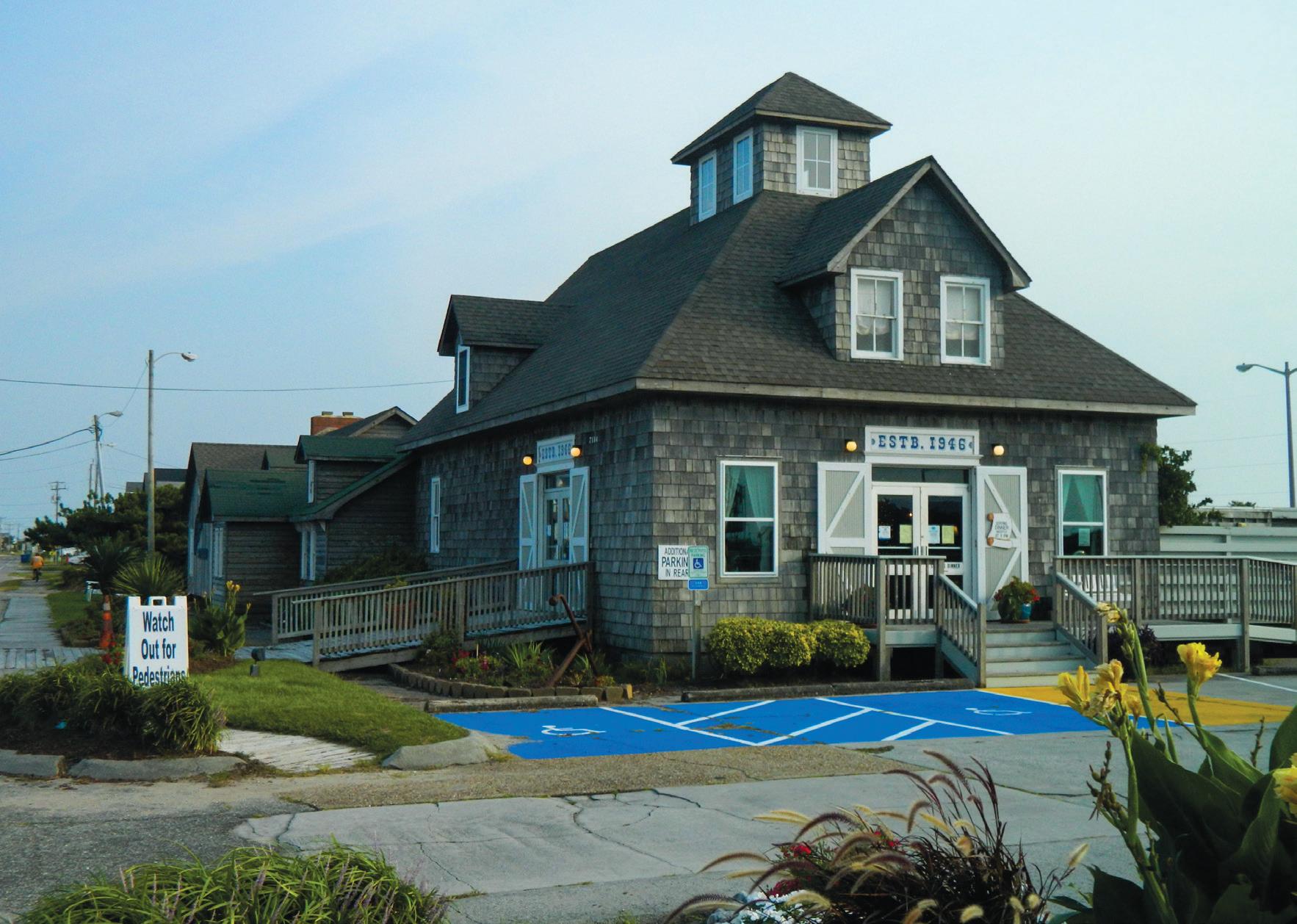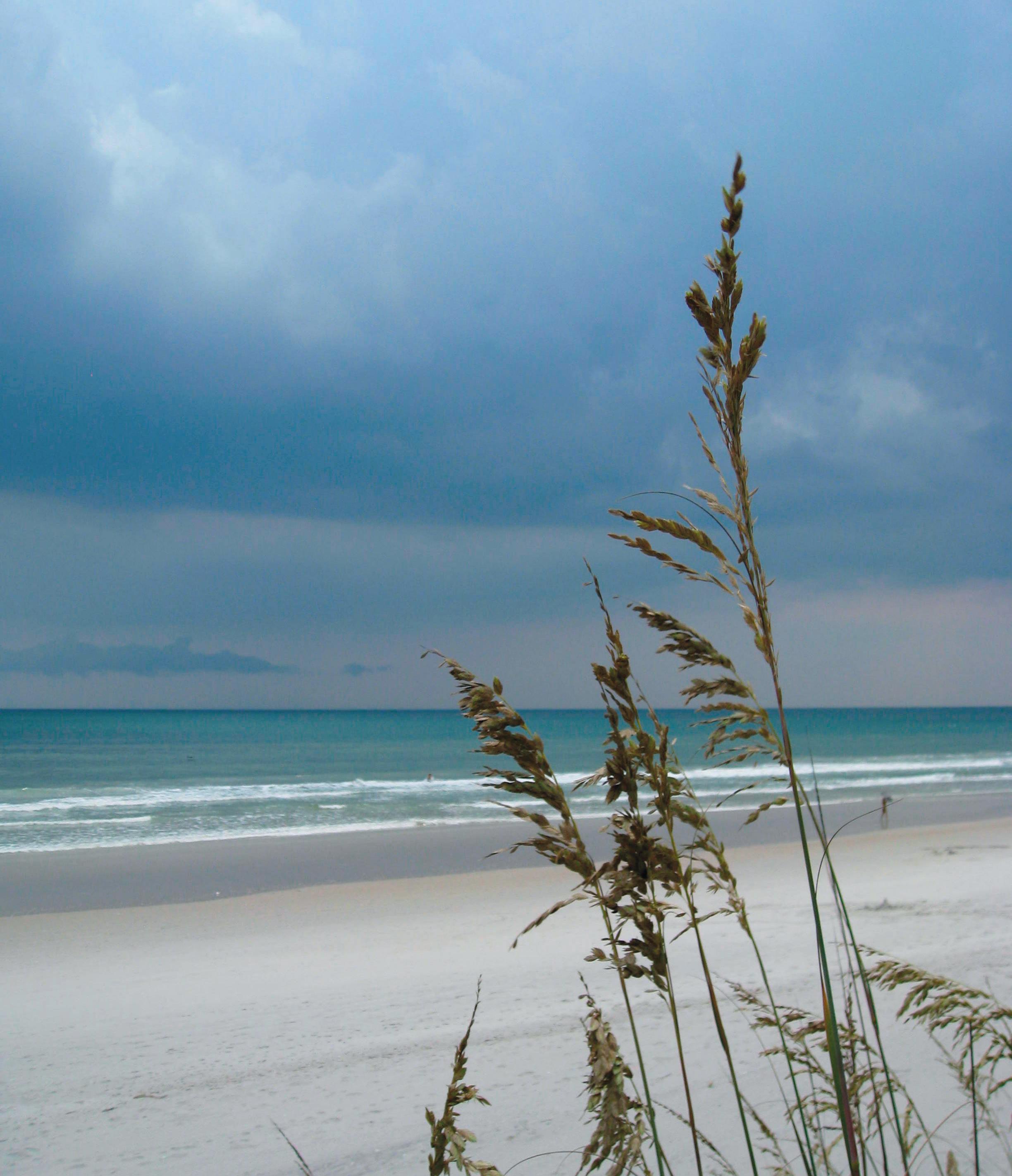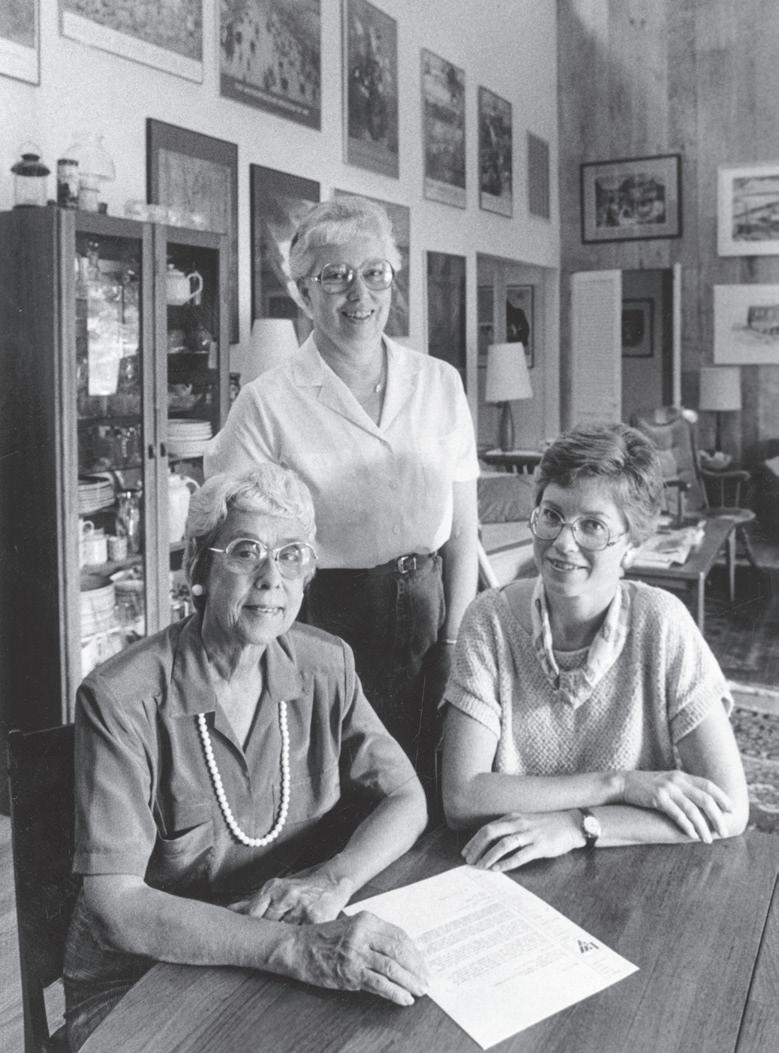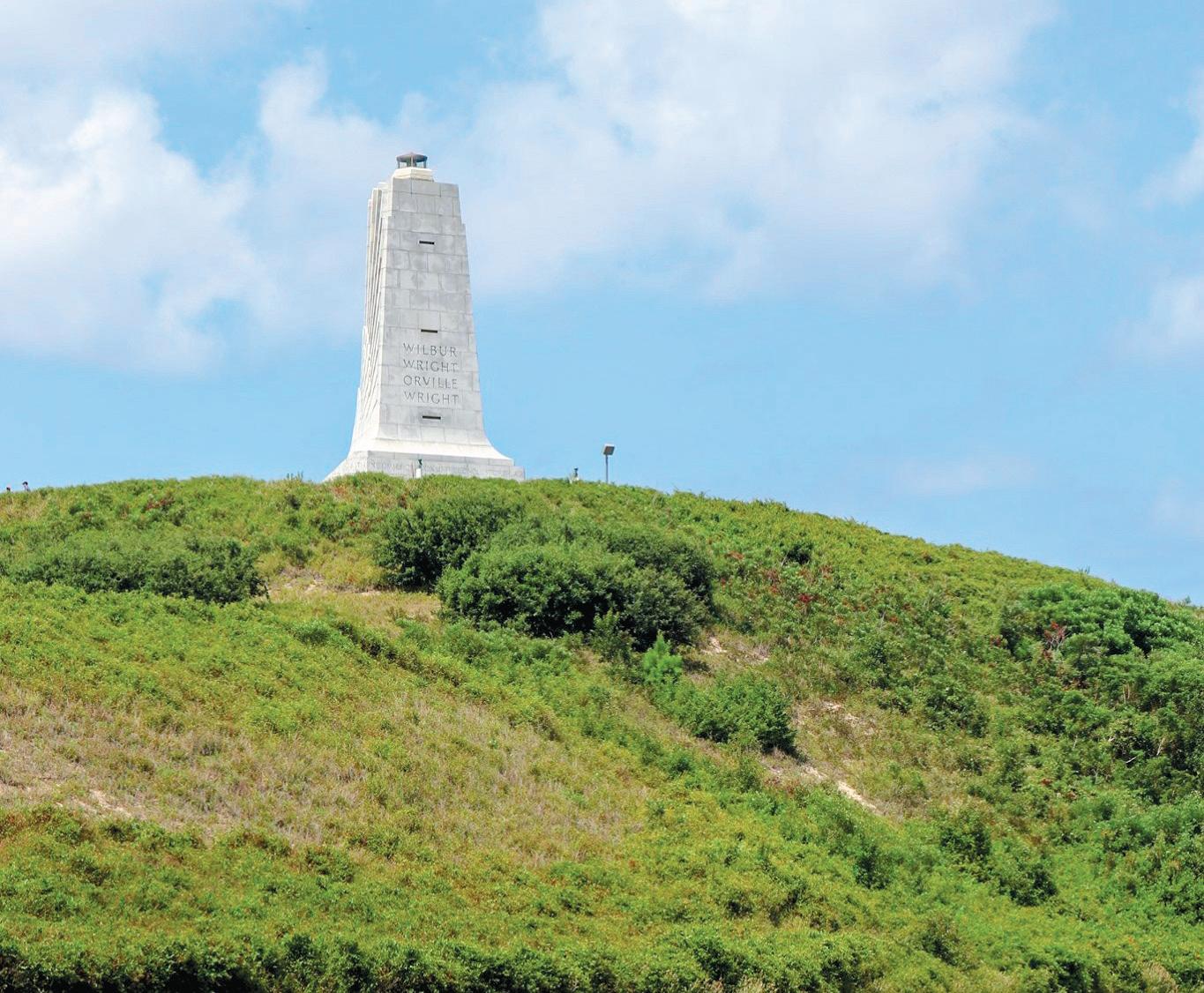10 • Outlook 2020
A snapshot of Dare County’s history
Dare County was founded February 3, 1870 by Act of the General Assembly. In 1870 Dare County was populated with 2,778 people. This year, 150 years later, Dare County has a population of over 35,000 residents. The county has created a website, dare150.com, full of information and photos to showcase the area’s rich history. Cape Hatteras Lighthouse Lit – 1870 The Cape Hatteras Lighthouse was first lit on December 16, 1870. Built as a replacement for the 1803 lighthouse that had fallen into disrepair, the new lighthouse was installed with the same Frensel lens used in the original lighthouse. Bodie Island Lighthouse Lit – 1872 The Bodie Island Lighthouse, actually the third lighthouse by that name, was lit on October 1, 1872. It was built as a replacement for the second Bodie Island Lighthouse which was destroyed during the Civil War. At a cost of $140,000, work
began in November 1871. The two previous lighthouses were located south of Oregon Inlet.
Chicamacomico Life-Saving Station – 1874 In 1874, the station was the first United States Life-Saving Station built in North Carolina. On Aug. 16, 1918 the British ship Mirlo was torpedoed by the German submarine U-117. Captain John Allen Midgett of the Chicamacomico Life-Saving Station and his men rushed to the rescue fighting through 18-20 ft breakers to reach the 51 men on the Mirlo. Two lifeboats from the ship escaped the flaming water surrounding the tanker, but the third had capsized. Fighting through the flames, Capt. Midgett found the lifeboat and pulled six men from the ocean. Four more trips total through the breakers and they rescued 42 of the 51 crew onboard the Mirlo. Little Kinnakeet Life-Saving Station Built – 1874
Wright Brothers National Memorial photo
Little Kinnakeet Life-Saving Station was constructed in 1874, one of seven stations built along the North Carolina coast that year.
Kill Devil Hills Life-Saving Station Built – 1878 Built in 1878, the Kill Devil Hills original life-saving station was home to local surfmen who responded to numerous shipwrecks along the coast. While not on duty, the surfmen also aided the Wright Brothers. In 1986, the building was moved to Historic Corolla Village and restored. Pea Island Life-Saving Station Built – 1878 Built in 1878, the Pea Island LSS was the first station commanded by an AfricanAmerican, Captain Richard Etheridge. In 1896, a severe storm blew the E.S. Newman bound for Virginia, 100 miles off course and ashore two miles south of the station. Etheridge and his crew, anchored to shore by two strong surfmen Etheridge had tied together, entered the perilous waters on a surfboat ten times. They rescued all nine aboard the E.S. Newman and the first and only all black life-saving crew was awarded the Gold Lifesaving Medal by the Coast Guard. The station burned down in 1880 and was rebuilt that year and then rebuilt again in 1896. Buffalo City Mills – 1888 Buffalo City Mills, a timber and mill company from Buffalo, NY purchased more than 100,000 acres on the Dare County mainland and set up operations. They logged prized hardwoods like juniper and in its heyday was the largest timber company in Eastern North Carolina. As the lumber industry began to dry up, Buffalo City turned to bootlegging liquor. North Carolina was a dry state before and after prohibition from 1908-1937 and Buffalo City saw the advantage of this. The rye whiskey they made was known up and down the east coast as East Lake whiskey. It was so popular, rivals copied the label to

